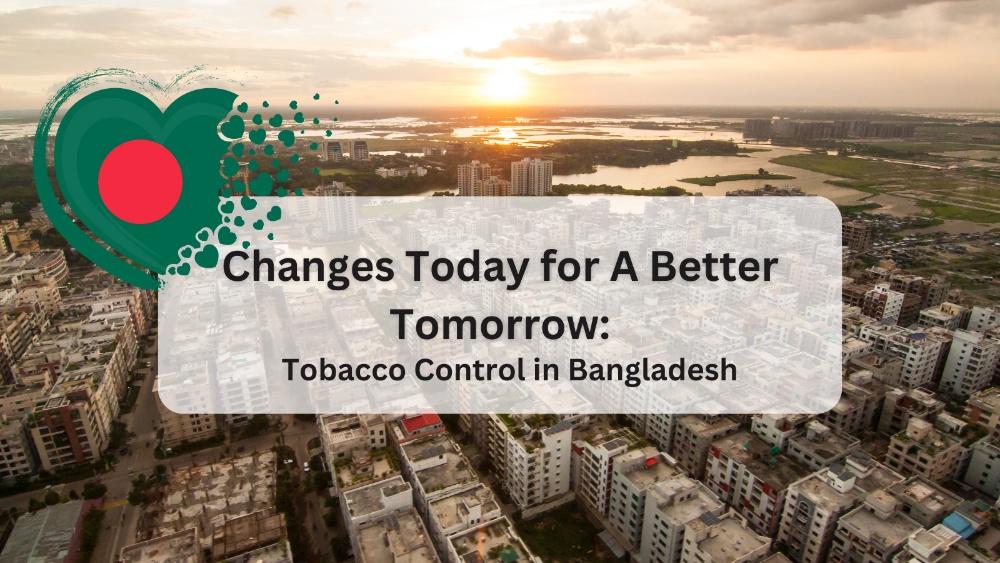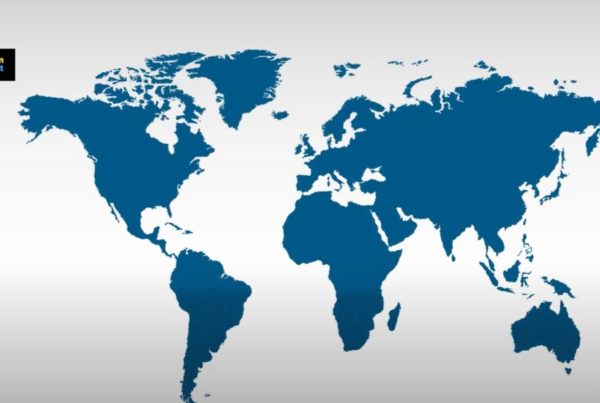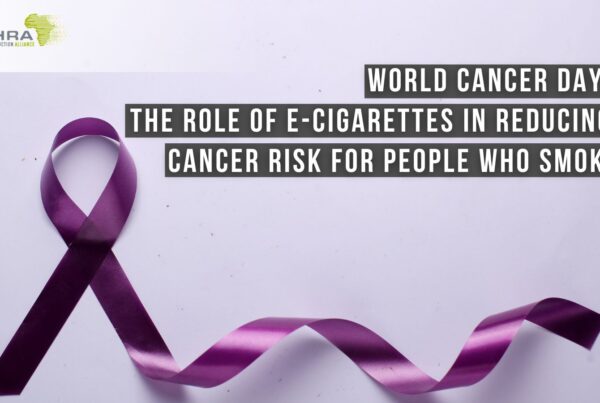A recent report focusing on averting tobacco-related deaths highlights Bangladesh as a case study that demonstrated the life-saving potential of harm reduction policies.
The primary causes of death in Bangladesh—stroke, heart disease, and chronic obstructive pulmonary disease—are all linked to tobacco use. Moreover, alongside an 18.6% tobacco smoking rate among adults, Bangladesh grapples with the usage of “toxic smokeless tobacco and areca nut products,” contributing significantly to the prevalence of oral cancer in the country.
However, the study reveals that the implementation of tobacco harm reduction (THR) policies, facilitating access to THR products, and enhancing access to treatment and detection of tobacco-related diseases have the potential to save nearly a million lives (920,000) in Bangladesh within the next four decades.

Acknowledging the long-term nature of this strategy, there’s a sense of urgency highlighted as “All premature tobacco-related deaths by 2060 will occur in current adult smokers, underscoring the need to focus on middle-aged smokers and users of toxic smokeless tobacco products.“
The significance of adopting harm-reduced alternatives is evident when considering that WHO projections anticipate a 25% decline in smoking rates between 2000 and 2025. However, this report indicates the potential for this decline to double to 50% with the implementation of recommended measures focused on tobacco harm reduction (THR) and improved healthcare access.
Interestingly, the study identified a notable gender contrast in tobacco smoking habits: 36.4% of men partake in this practice, while a mere 0.5% of women engage in smoking. Exploring and analysing the gender-specific aspects of this behaviour within particular societies could facilitate tailored campaigns aimed at disseminating information about tobacco-free alternatives and fostering greater social acceptance of these options.
To gain a comprehensive understanding of the situation and discern the subsequent actions for activists, governments, and various stakeholders, access the full report here.
THR Topics
Popular Posts
Quick Links
Women in THR
Related Posts
 Letter to the World Health Organization (WHO)
Letter to the World Health Organization (WHO)
Letter to the World Health Organization (WHO)
 Public Health implications of vaping in Germany
Public Health implications of vaping in Germany
Public Health implications of vaping in Germany
 Public Health implications of vaping in the United States of America
Public Health implications of vaping in the United States of America








